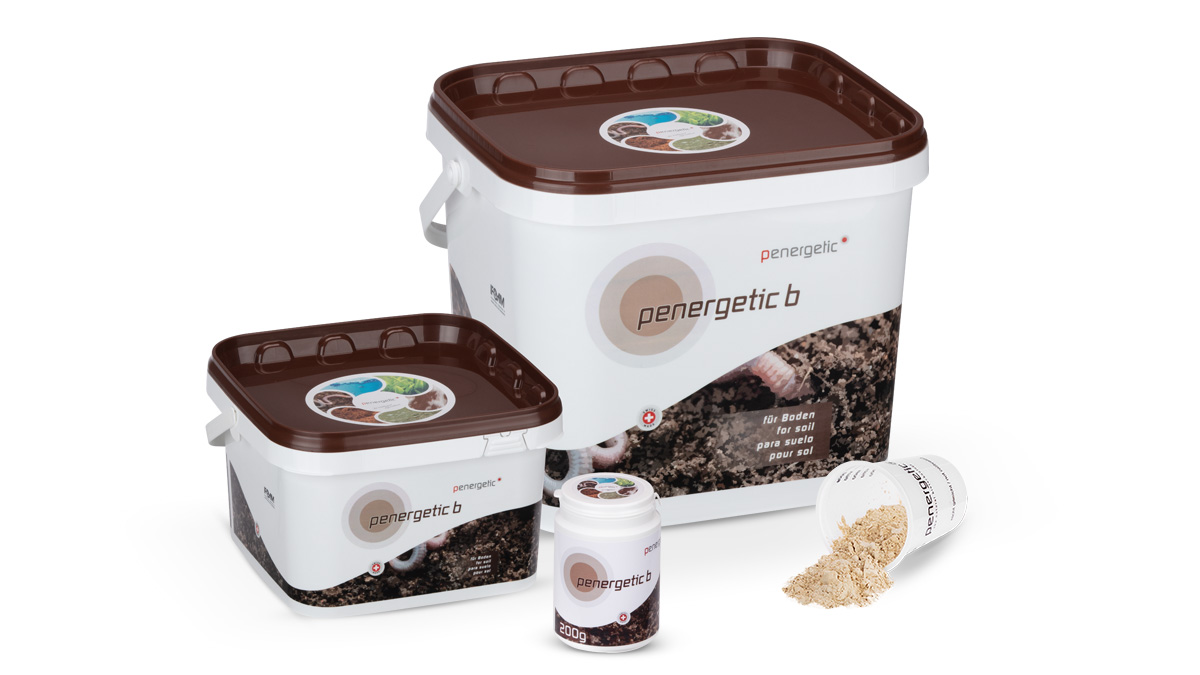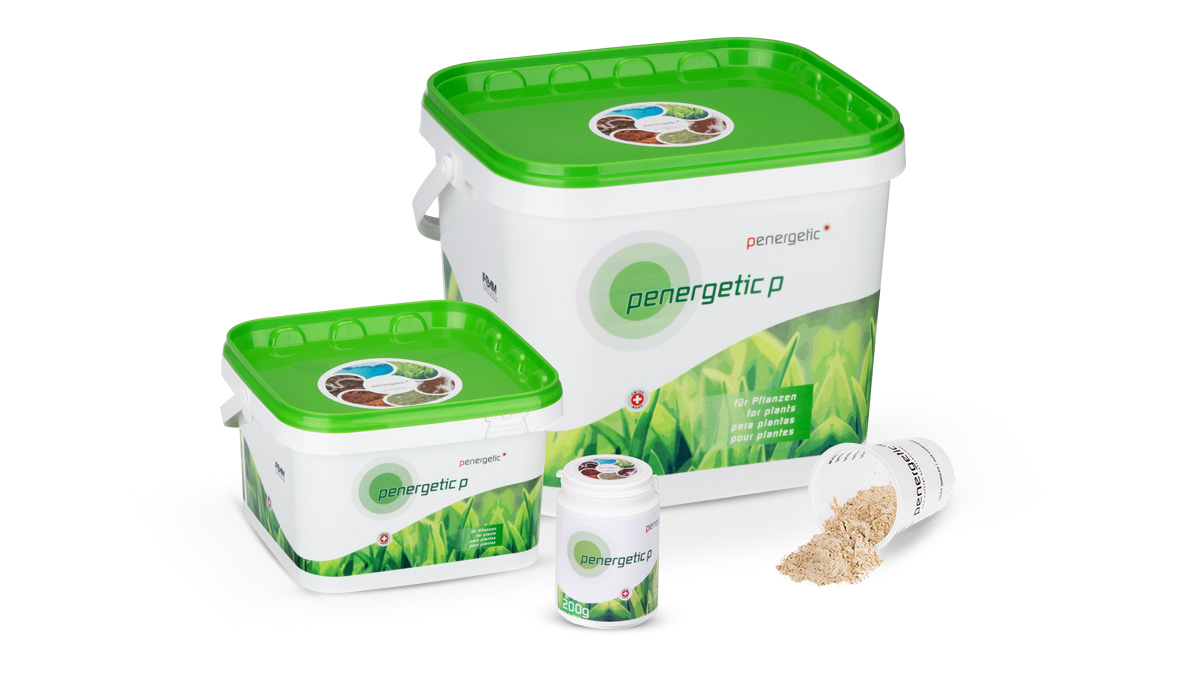Farming practices to increase nutrient content in the soil
Appropriate farming practices can influence the soil-plant symbiosis and the soil ecosystem positively. This, in return, allows farmers to reduce the amount of mineral fertilizer applied without sacrificing crop yields.
The different agricultural practices directly interfere in the growth and multiplication of arbuscular mycorrhizal fungi in the soil and their symbiosis with the plant. Practices such as tillage (no-tillage), pH adjustment, fertilization, annual crop rotation, forage or crops for green manure and rotation of cultivation systems, such as crop-pasture integration, increase the mycorrhizal fungi community in the soil and the occurrence of mycorrhiza. On the other hand, when soil and crop management is inadequate, there may be a reduction in this community and a consequent reduction in the response of plants to the inputs used.

Increase the nutrient content in the soil, maintain soil biology, regenerate the agricultural system and improve the physical, chemical and biological attributes of the soil.
Manure or biochar, sewage sludge, plant residues or other resources not depending on a finite source can be a great alternative to mineral fertilizer.
Release soil contained nutrients, increase macro and micronutrient cycle, reduce atmospheric nitrogen, produce ATP for photosynthesis, stimulate plant-root symbiosis, create symbiosis for wider explored soil, protect the plant from disease and biotic and abiotic stress.
Increase microbial activity, strengthen plant-root symbiosis, reduce soil compaction, stimulate root growth, increase photosynthesis, promote plant vitality and sustainably increase soil quality.
Improve the quality of organic matter in the soil, reduce the risk of high pest and disease pressure and encounter environmental stress.
Minimize soil disturbance to reduce nutrient losses, maintain soil life, prevent soil erosion and improve soil ability to infiltrate water and nutrients.
Cover Crops
The introduction of cover crops, isolated or in cocktails (mix), are fundamental tools for an improved crop rotation system. Furthermore, they are indisposable for a no-till system with quality. The adequate use of cover crops contributes to improved protection and physical, chemical and biological attributes of the soil. Furthermore, they promote greater biodiversity in the production systems and contribute to smarter and sustainable agriculture.
Cover crop and no-till methods have additional positive effects when penergetic products are used.
In collaboration with Dr. Ademir Calegari, it was found that cover crops and no-till methods have additional positive effects when penergetic products are used. For this reason, the various applications of cover crops are presented here in order to be able to make a further contribution to the development of intelligent agricultural methods.
All the information contained can be applied to the implementation of cover crops on agricultural plots after an appropriate diagnosis of the local conditions. The plant species best suited to each cropping system are used, depending on the needs of the soil and the crops.
Crop rotation
When the same crop is grown on the same plot several years in a row, the risk of high pest and disease pressure increases and crop yield decreases.
Among the various agricultural practices, it has been observed that crop rotation can significantly favor mycorrhiza. So, for each production system, it is necessary to program the appropriate crops and cultivars and the type of rotation to be used. Some annual and cover crops as well as some forages have a high degree of mycorrhizal dependence. When used in a rotation system, these plants increase the community of native arbuscular mycorrhizal fungi in the soil and benefit from mycorrhiza. The same applies to the subsequent crops.
Organic fertilizer
Chemical fertilizers can be replaced by organic sources like organic fertilizer, manure or slurry. The true value of manure, slurry and compost is often underestimated. Liquid cow and pig manure or slurry contain some of the key nutrients for soil and plants, such as nitrogen, phosphorus, potassium, sulphur and magnesium.
Organic matter content in soil
The critical content of organic matter in the soil depends on the type of soil (source material, density, depth). The clay content (density classification) is directly related to the dependence on organic matter for the maintenance of biological activity. Organic matter, in addition to being the basic source of microbial food (organic carbon), is essential for the exchange of cations in the soil. So all the nutrient dynamics in the soil depend on the organic matter content.
Microorganisms
The sum of all the benefits provided by microorganisms results in improved soil quality and increased agricultural productivity. Hence the importance of adopting management and using technologies that encourage the activity of microorganisms in the soil.
Biostimulation with Penergetic
The Penergetic soil and plant products help to improve soil fertility and plant growth. penergetic b promotes humus formation and soil activity. Soil quality is improved and thus forms an ideal foundation for optimal plant growth. By improving the soil physical structure, the roots find ideal conditions. Furthermore, penergetic b helps making the soil nutrients more plant-available.
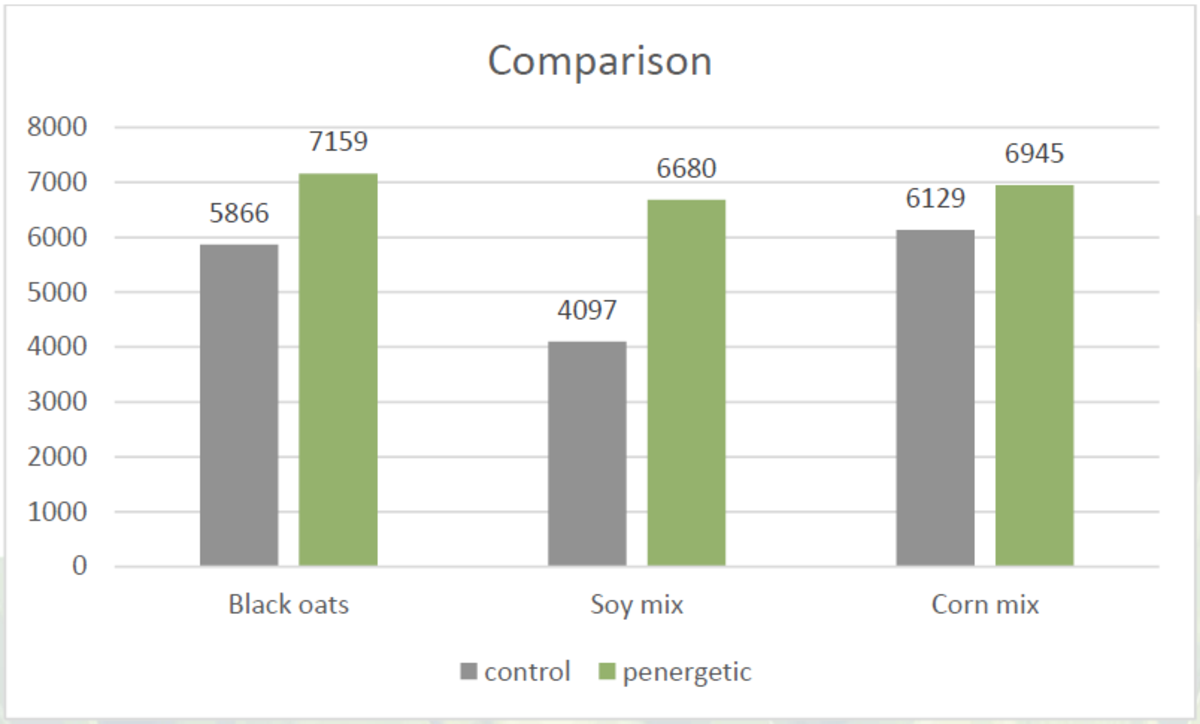
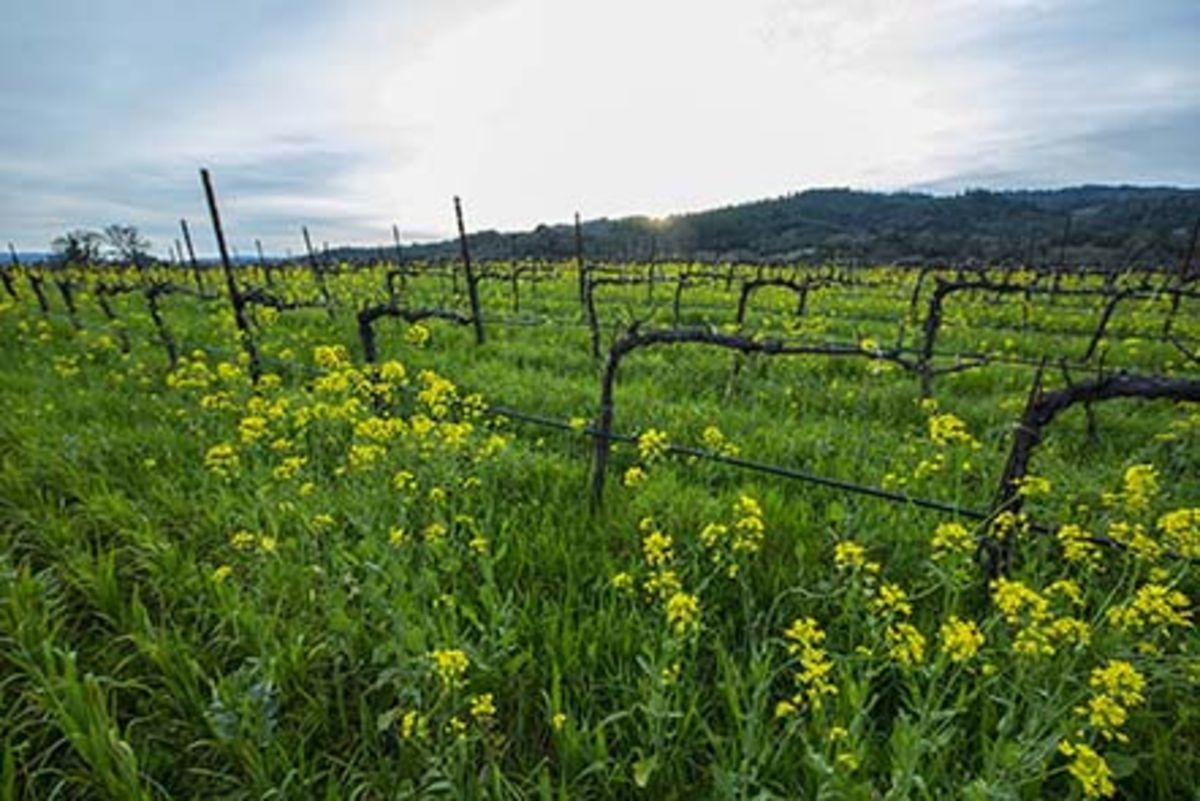
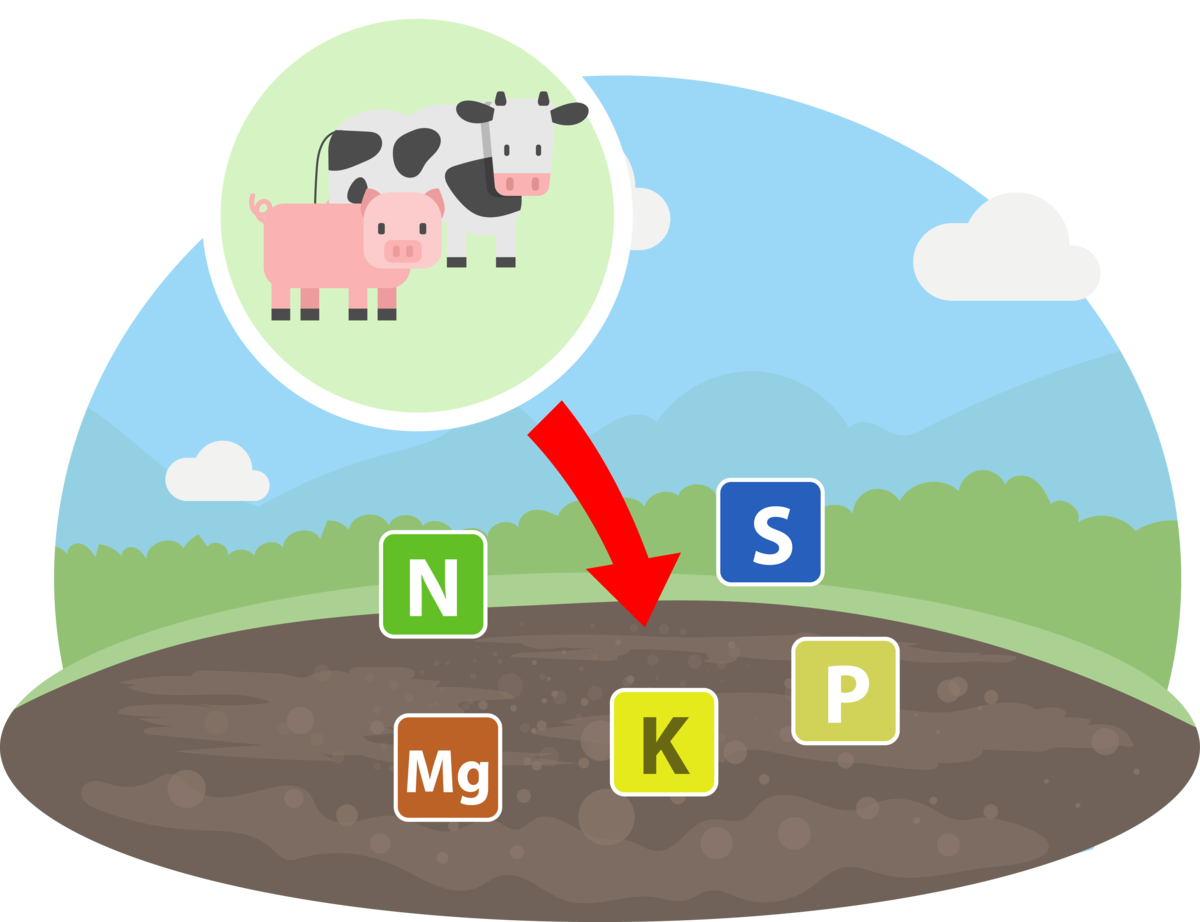
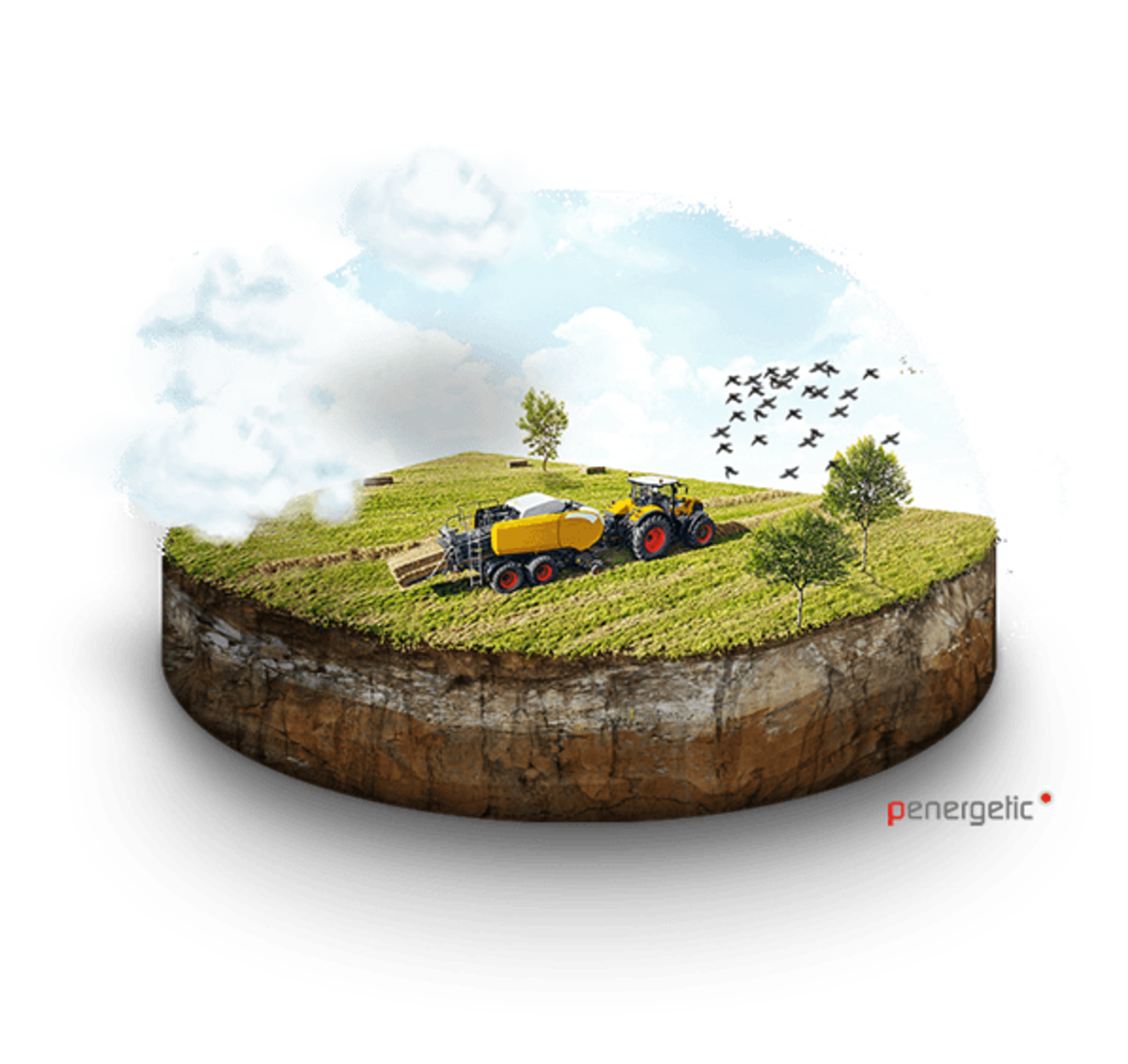
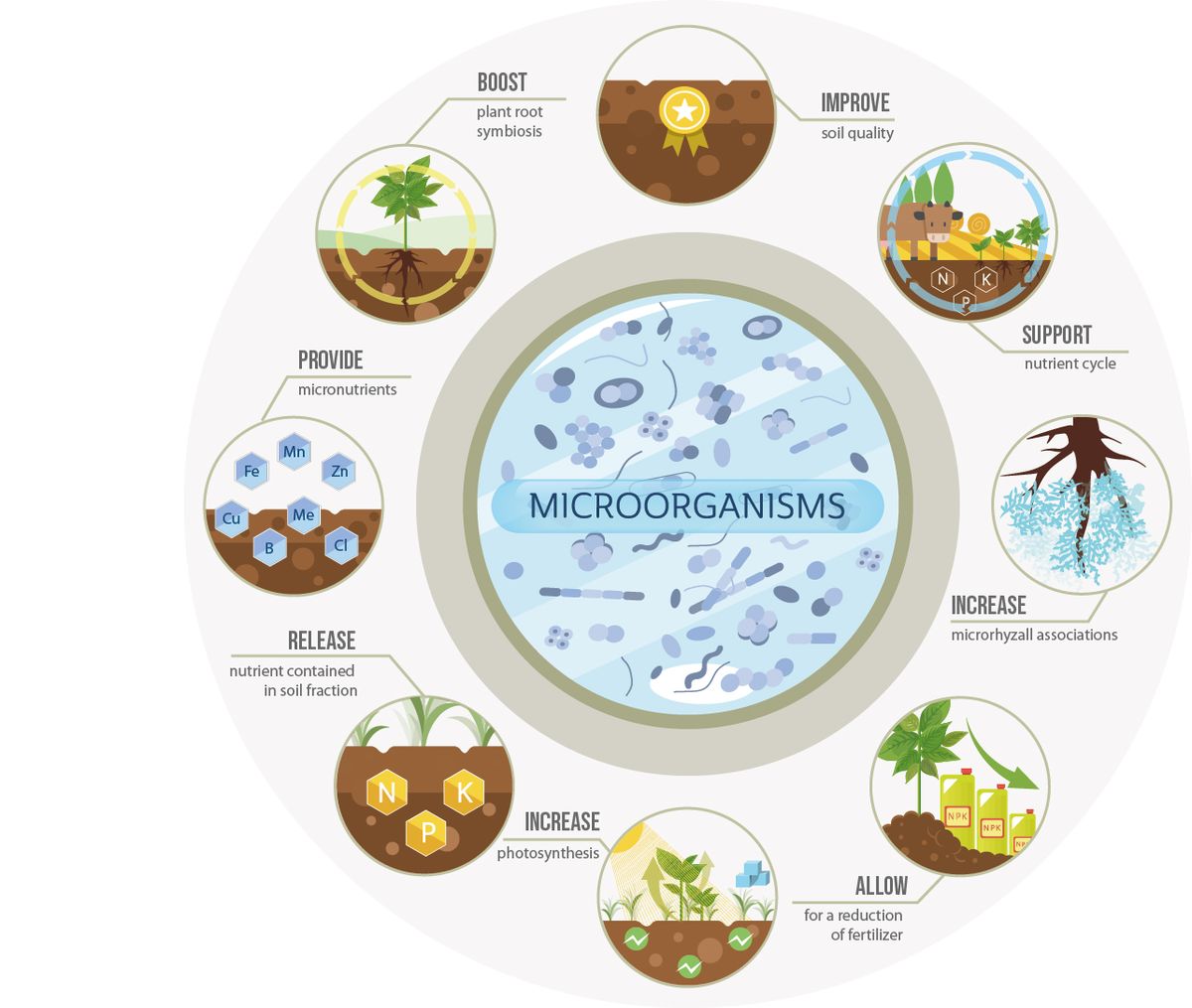
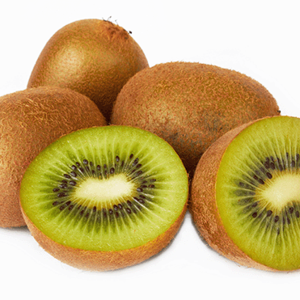
![[Translate to Englisch:] sugar beet: increased yield despite mineral nitrogen reduction](/fileadmin/_processed_/d/1/csm_female-farmer-posing-in-sugar-beet-field-2021-08-29-02-25-56-utc_f36eb5ed0a.jpg)
